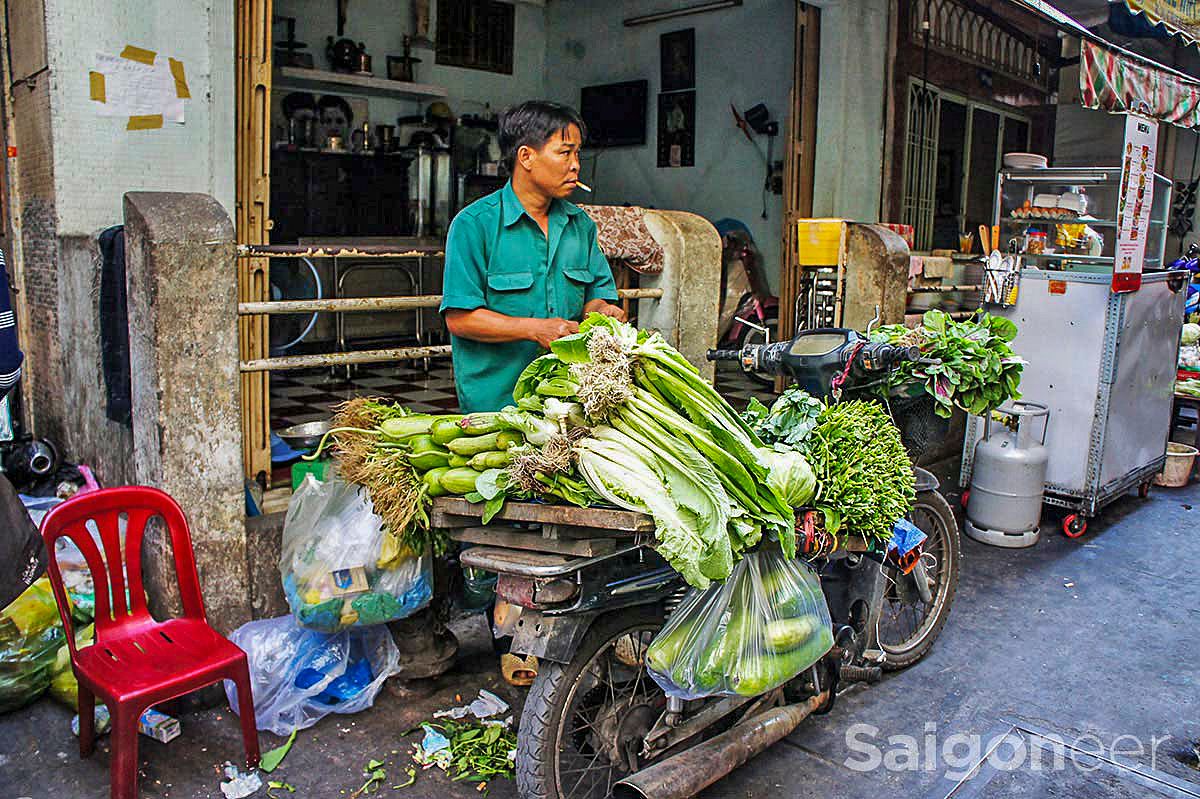Nước mắm holds a hallowed place in Vietnamese cuisine. In all its forms, it is a staple, found in kitchens and on tables throughout the country. But while fish sauce is often considered Vietnam’s – and even Southeast Asia’s – most coveted condiment, the Roman Empire also had its own version of the stuff.
In ancient Rome, fish sauce was known as garum and served as an ingredient in local cuisine, much the same way it is in today’s Vietnamese food, acting as the basis of many dips and sauces, according to Lucky Peach.
In fact, much like Vietnamese nước mắm, garum came in different grades, the most expensive of which was reserved for the elite class. The condiment was made from mullet or tuna innards packed with fish blood, which were then buried in a few inches of salt and left out in the sun to ferment. However even slaves in ancient Rome were fans of garum, using a lighter, thinner variety known as liquamen, which featured sardines, herring, shad or eel.
“According [to] the Roman writers, a good bottle of garum could cost something like $500 of today,” Italian archaeologist Claudo Giardino, who studies the early beginnings of garum, told NPR. “But you can also have garum for slaves that is extremely cheap. So it is exactly like wine.”
Today, the terms garum and liquamen are considered interchangeable. Regardless of its moniker, one thing is clear: fish sauce was a hit in ancient Rome. Garum became so popular that it was mass-produced in factories from Spain to Portugal to northern Africa.
But for all its popularity, Roman fish sauce production did eventually decline. The untimely passing of garum from Roman kitchens came from a combination of high taxes on salt, a key ingredient in the condiment, and frequent pirate attacks in coastal areas, making the continued production of garum a challenge for local factories.
But while garum faded into obscurity, it never truly died out. Today, garum lives on in its contemporary Italian version, colatura di alici.
Back in Vietnam, nước mắm has been a local delicacy for over a millennium. According to writer Tran Duc Anh Son, historical documents such as The Complete Annals of Dai Viet indicate that as early as 997, Vietnamese knew how to produce nước mắm, and even sent the condiment to Chinese emperors as tribute.
[Photo via Lucky Peach]














